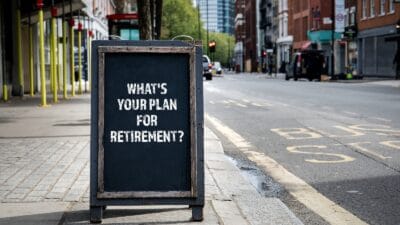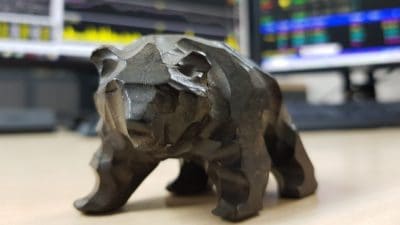Some dividends have staying power. Companies delivering enduring dividends tend to back such often-rising payouts with robust business and financial achievement.
Fragile dividends, meanwhile, arise because of weaker operational and financial characteristics. Those are the dividends to avoid. However, fragile dividends often tempt me because of high dividend yields.
How to tell the difference
Under the spotlight today, two FTSE 100 firms: GlaxoSmithKline (LSE: GSK) the pharmaceutical giant and Diageo (LSE: DGE) the premium drinks provider.
These firms operate in different sectors, but they both have attractive dividend yields. At the recent share price of 1393p GlaxoSmithKline’s forward yield for 2016 is 5.9%. At 1852p, Diageo’s yield for year to June 2016 is 3.2%.
Here are some tests to gauge business and financial quality. Each test scores a maximum five.
-
Dividend record
Both firms enjoy a record of rising ordinary dividends:
|
Ordinary dividends |
2011 |
2012 |
2013 |
2014 |
2015 |
|
GlaxoSmithKline (pence) |
70 |
74 |
78 |
80 |
80(e) |
|
Diageo (pence) |
40.4 |
43.5 |
47.4 |
51.7p |
56.4 |
Over four years GaxoSmithKline’s dividend advanced 14%. Diageo’s moved forward by 40%.
For their dividend records, I’m scoring GaxoSmithKline 3/5 and Diageo 4/5.
-
Dividend cover
GlaxoSmithKline expects adjusted earnings to cover its dividend around once for the year to June 2016. Diageo’s earnings look set to cover the firm’s dividend around 1.5 times.
However, cash pays dividends, so it’s worth looking at how well, or poorly, both companies cover their dividend payouts with free cash flow too.
On dividend cover from earnings, I’m scoring GlaxoSmithKline 2/5 and Diageo 3/5.
-
Cash flow
Dividend cover from earnings means little if cash flow doesn’t support profits.
Here are the firms’ recent records on cash flow compared to profits:
|
GlaxoSmithKline |
2010 |
2011 |
2012 |
2013 |
2014 |
|
Operating profit (£m) |
3,783 |
7,807 |
7,300 |
7,028 |
3,597 |
|
Net cash from operations (£m) |
6,797 |
6,250 |
4,375 |
7,222 |
5,176 |
|
Diageo |
|
|
|
|
|
|
Operating profit (£m) |
2,595 |
3,158 |
3,380 |
2,707 |
2,797 |
|
Net cash from operations (£m) |
2,183 |
2,093 |
2,033 |
1,790 |
2,551 |
GlaxoSmithKline displays a consistent ability to support profits with cash flow. Diageo’s cash flow, although steady, tends to fall below reported profits.
I’m scoring GaxoSmithKline 4/5 and Diageo 3/5.
-
Gross debt
Interest payments on borrowed money compete with dividend payments for incoming cash flow. That’s why big debts are undesirable in dividend-led investments.
GlaxoSmithKline’s debt load runs at almost five times the level of its annual operating profits. Diageo’s borrowings are about 3.5 times annual operating profits.
For their debt positions, I’m scoring GlaxoSmithKline 1/5 and Diageo 2/5.
-
Degree of cyclicality
GlaxoSmithKline and Diageo operate similar consumer-product-driven businesses characterised by stable demand and reliable cash flows. As such, they stand among the least cyclical firms listed on the London market.
However, to get full marks in this category I like to see a faster rate of growth in earnings than these two slow growers offer, so I’m awarding both GlaxoSmithKline and Diageo 4/5.
Putting it all together
Here are the final scores for these firms:
|
|
GlaxoSmithKline |
Diageo |
|
Dividend record |
3 |
4 |
|
Dividend cover |
2 |
3 |
|
Cash flow |
4 |
3 |
|
Debt |
1 |
2 |
|
Degree of cyclicality |
4 |
4 |
|
Total score out of 25 |
14 |
16 |
Diageo wins this contest, but neither firm is perfect by these measures, so my search for dividend champions continues.







